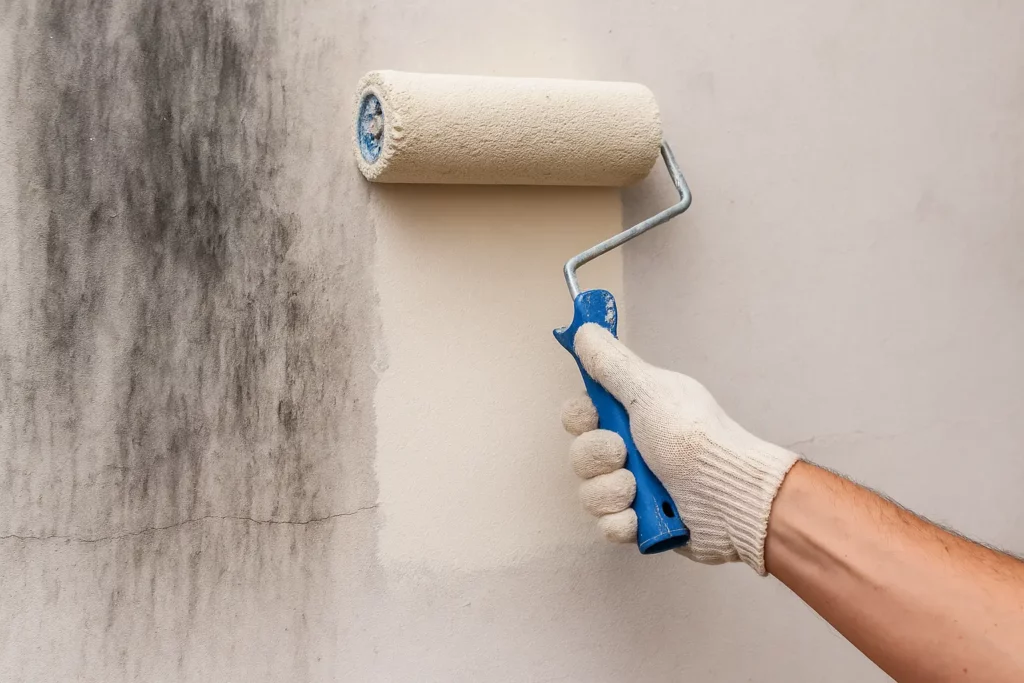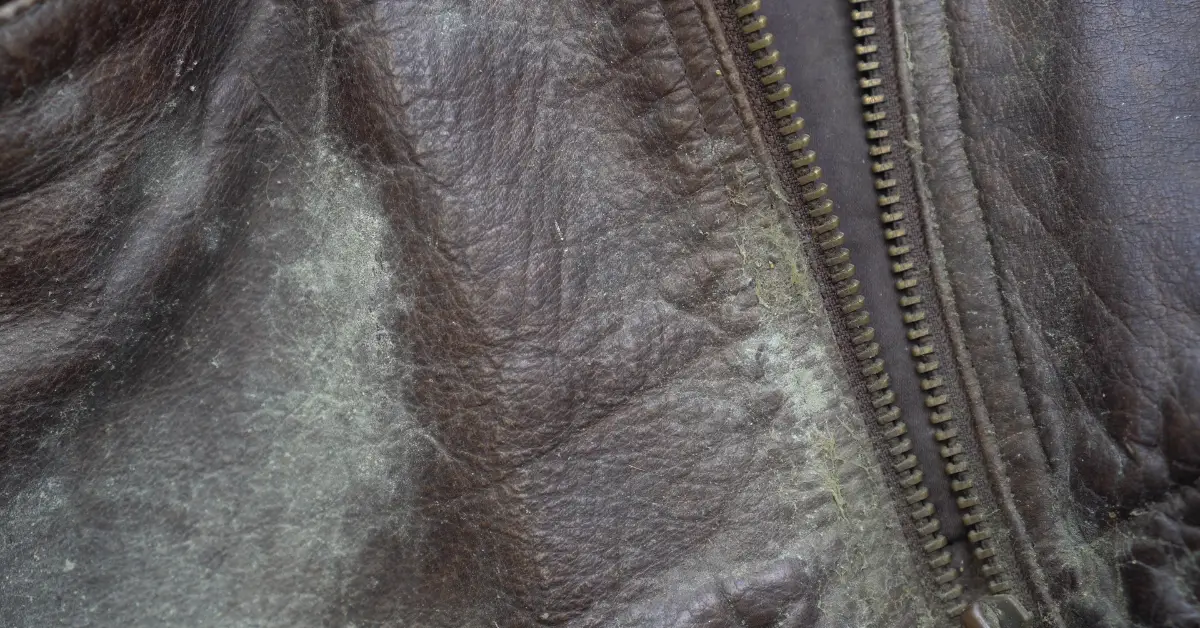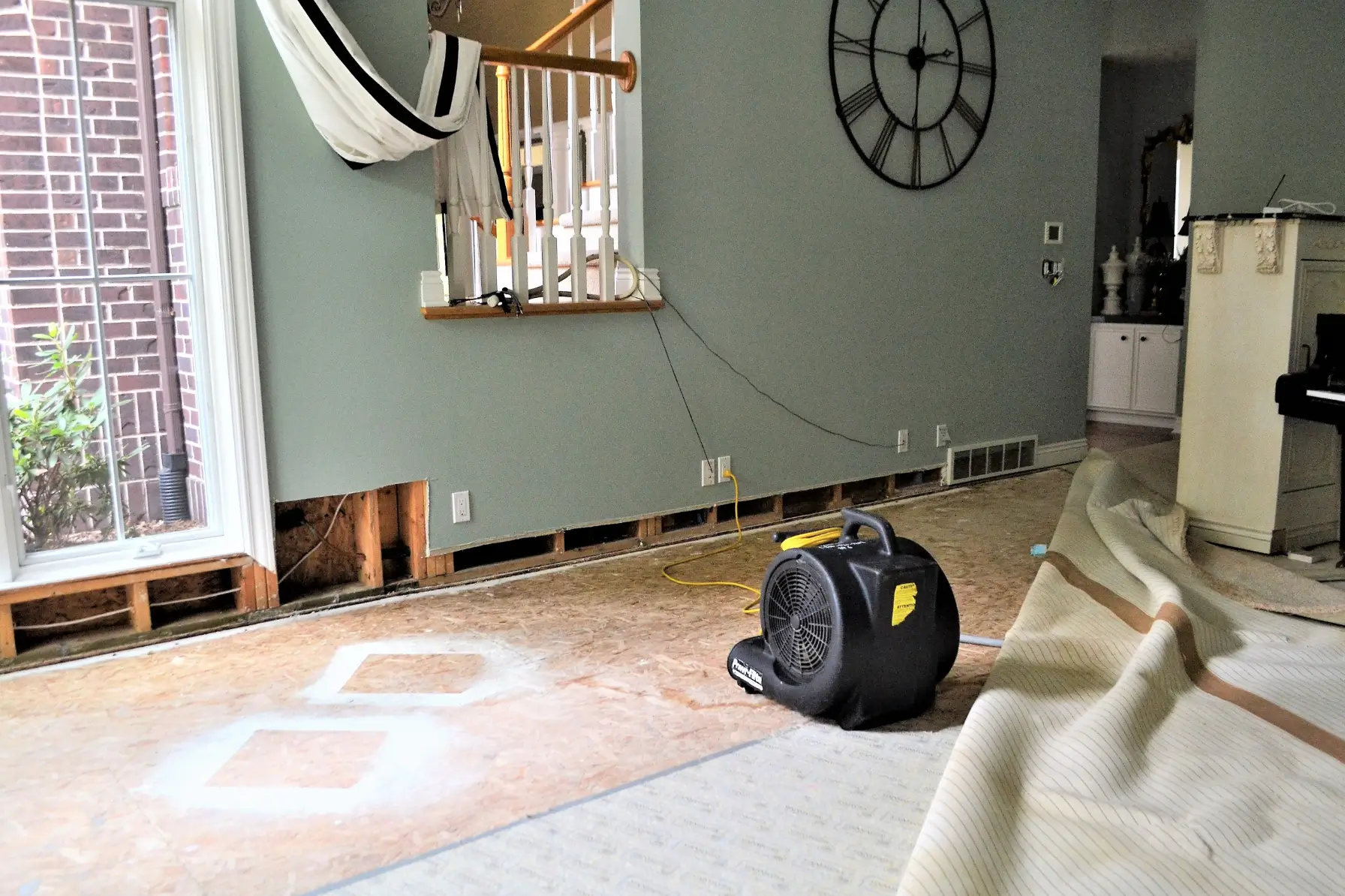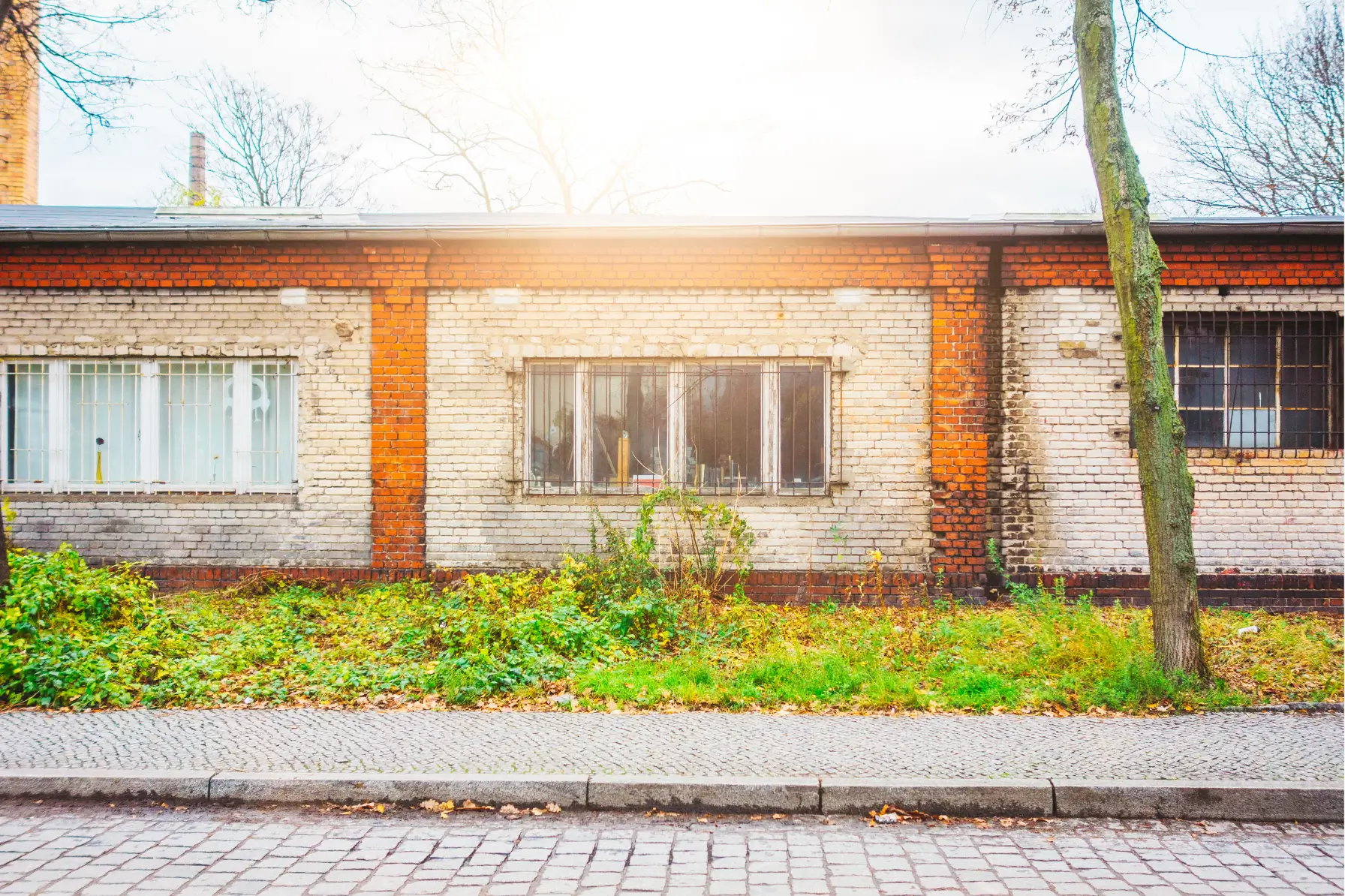Can You Paint Over Smoke-Stained Walls? What You Need to Know Before You Grab a Brush
When smoke damage hits your home, whether from a small kitchen fire or a large-scale wildfire, it doesn’t just leave behind soot and discoloration. It clings to your walls, seeps into your ceiling, and fills your space with an odor that doesn’t disappear with time. If you’ve looked at those yellow or grayish stains on your walls and thought, maybe I can just paint over them, this blog is for you.
We’re A/S General Contracting, and we’ve restored hundreds of properties impacted by everything from cigarette smoke to house fires and wildfire fallout. We’ve seen what happens when people try to cut corners and just paint. It might look good, but the odor and stains always come back.
What Kind of Smoke Damage Are We Talking About?
Not all smoke is the same.
The way you handle smoke damage depends on:
- Type of materials burned: Different materials produce varying smoke and residue. Wood results in soot and ash, while plastics and wiring release oily, toxic chemicals and fumes. Burning food leaves greasy residues and odors.
For detailed guidance on removing different types of residue, check out our guide on how to clean soot off different surfaces. - Duration of the fire: Longer burn times lead to more extensive smoke damage as particles and gases penetrate surfaces deeper, causing stubborn stains and odors.
- Proximity to the fire: Rooms closer to the fire source experience higher concentrations of soot, residue, stronger odors, and potentially more structural damage.
- Age of the building: Older buildings with porous materials like plaster and older wood can absorb and retain smoke and odors more readily. Interconnected cavities and ventilation can also facilitate smoke spread.
- Porosity of materials: Porous materials (carpets, upholstery, drywall, insulation, fabrics) absorb and hold smoke residue, making them harder to clean. Non-porous surfaces (glass, tile) are easier to clean.
Some smoke is light and oily, like from candles or cigarettes. Some is thick and full of toxins, like the smoke from a wildfire or a structure fire.
If you were anywhere near a wildfire like the ones in LA, your home might be coated with fine particulates, volatile organic compounds (VOCs), and even toxic residue. These pollutants don’t just sit on the surface, they embed themselves into drywall, insulation, and framing.
So, Can You Just Paint Over Smoke-Stained Walls?
You can, but you probably shouldn’t, at least not without doing it the right way.
Here’s what happens when people paint without proper prep:
- Reappearance of Smoke Stains: Smoke stains on freshly painted walls can reappear within a few months if the underlying smoke damage is not properly addressed.
- Masked but Returning Odors: Painting over smoke residue can temporarily hide odors, but they often come back, sometimes stronger because the paint traps and concentrates the smell.
- Poor Paint Adhesion: Without proper preparation and sealing, paint may not stick well to smoke-damaged surfaces, leading to peeling and blistering.
- Trapped Harmful Toxins: Dangerous toxins from smoke, especially from wildfires or building fires, can be sealed under a layer of paint, potentially causing long-term health problems.
This is especially true in older homes where porous materials absorb smoke like a sponge. Even in homes that “look fine,” the smoke can resurface 3 to 12 months later.
When Painting May Be an Option
If the smoke damage is minor, like from burnt toast or a candle, you may be able to clean the surface and repaint with a high-quality, stain-blocking primer.
But even in these cases, follow this process:
- Wash walls thoroughly using trisodium phosphate (TSP) or a smoke-specific cleaner.
- Dry completely to prevent trapping moisture.
- Apply a stain-blocking primer like Kilz Restoration or Zinsser B-I-N.
- Use multiple coats of top-quality paint with low or no VOCs.
Still, this is only for light, non-toxic smoke. If your walls smell smoky even after cleaning, or if the stains are deep or cover a large area, painting will only delay the problem.

When Painting Is Not Enough
If your home was impacted by wildfire smoke, structure fire residue, or long-term smoke exposure (like a heavy smoker living in the home for years), testing is your next step.
What Should You Test For?
- VOCs (volatile organic compounds): These are released during combustion and can cause health issues if not properly remediated.
- Soot and fine particulate levels: Even if you can’t see them, they might be present in harmful amounts.
- Combustion byproducts: This includes chemicals like dioxins and polycyclic aromatic hydrocarbons (PAHs), which can linger on surfaces and in insulation.
If your tests come back above the approved threshold or reveal hazardous materials, you must remove and replace the affected building materials. Painting over them won’t work—and worse, it might make things harder later.
Smoke Damage Goes Deeper Than You Think
Here’s the hard truth: Smoke damage doesn’t stay where you can see it.
- It penetrates behind walls
- It clings to insulation
- It settles in ceiling cavities
- It absorbs into wood, carpet, and fabrics
Speaking of carpets, if you’re wondering whether yours can be saved, our article “Is carpet ruined if it gets wet? What you need to know” covers water damage scenarios that often happen alongside smoke damage during fire incidents.
This is why many homes that look fine after a fire end up smelling smoky again after a few months. The source of the odor wasn’t treated; it was just covered up.
What Happens If You Wait?
You might think it’s okay to ignore the smoke damage and just live with the stains. But here’s what can happen:
- Lingering odor that seeps into your clothes and furniture
- Resale issues when buyers smell or see the damage
- Allergic reactions or respiratory problems from leftover VOCs
- Insurance disputes if you file a claim later, and it’s revealed the damage wasn’t properly remediated
Just like with water damage, timing matters when filing claims. Learn more about damage assessment in our post about how to tell if water damage is new or old.
What Does Real Smoke Restoration Involve?
At A/S General Contracting, we follow a full remediation process. We don’t paint over problems, we solve them. Here’s how we approach smoke damage:
- Inspect and test the air and surfaces to assess the extent of damage
- Set up containment zones to prevent cross-contamination
- Remove damaged materials when they can’t be salvaged
- Clean and deodorize surfaces using HEPA filtration and specialized products
- Apply odor sealers and primers only once surfaces are safe
- Rebuild and repaint to restore your space fully
We’ve restored everything from single apartments to large homes hit by wildfire smoke. Our goal is to make your home not only look clean, but truly be clean.
Paint Is Just One Step, Not the Solution
If you’re asking, “Can you paint over smoke-stained walls?” the real answer is: it depends on the type and severity of the damage.
Painting without proper cleanup or testing might save time up front, but it leads to bigger, smellier, more expensive problems later.
Need Help with Smoke Damage? Call A/S General Contracting
We’re licensed, insured, and IICRC-certified experts in smoke damage restoration. Whether you’re dealing with a fire, wildfire fallout, or years of smoke buildup, we’ll test, treat, and restore your home the right way.
We’ll inspect your home, explain your options, and walk you through every step. No pressure, just honest help.
Looking for More Restoration Tips?
Our restoration experts have created helpful guides for various damage scenarios:


